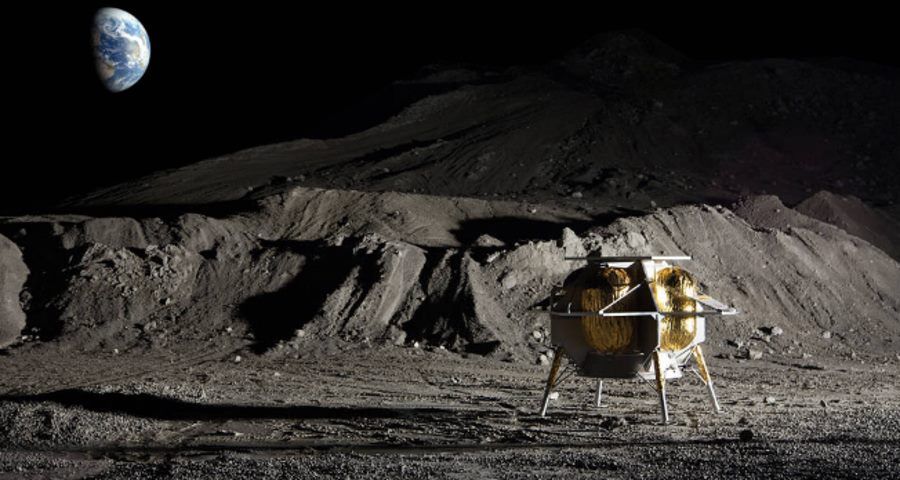NASA has announced a new plan for lunar exploration
At a press conference, NASA officials announced the selection of nine private companies with whose help the agency will begin a new phase of lunar exploration. Through the Commercial Lunar Payload Services program, NASA hopes to spur the development of the private space sector in the US.
NASA’s program to purchase commercial services to deliver payloads to the moonow and its exploration is now a priority for the agency. Jim Bridenstine, NASA administrator moin May that „Using commercial capabilities will allow more frequent and inexpensive access to the lunar surface”.
Commercial Lunar Payload Services (CLPS) is part of a trend toward public-private partnerships for space exploration. As Bridenstine admitted at the conference, „This is one of the first stepsow towards long-term human exploration of the Moon and possibly Mars”.
– This is tangible progress in America’s return to the lunar surface. Innovative U.S. aerospace companies, coupled with our big goals in science and exploration, will help us achieve amazing things on the moon and move forwardod on the way to Mars – said Bridenstine.
OgoThe lna idea is that selected companies will compete with each other in obtaining orders from the agency. There is a process involvedow, integrating the loadow and primarily delivering to the lunar surface experimentsoin science – the landerow, the roverow and the instrumentoin scientific – With the help of other spaceflight companies.
In the future, NASA expects to be one of many customerow, ktoWho will benefit from the commercial services of the companies. The selected companies are:
- Astrobotic Technology,
- Deep Space Systems,
- Draper,
- Firefly Aerospace,
- Intuitive Machines,
- Lockheed Martin Space,
- Masten Space Systems,
- Moon Express,
- Orbit Beyond.
Amongod of the companies mentioned are big players in the aerospace industry, such as Lockheed Martin, but most are more widely unknown companies. There is no amongrod them also Blue Origin, SpaceX or Boeing. The latter two companies are headoNASA’s private partners. The agency is currently conducting safety-related reviews with them. Both companies were contracted to flyoin manned flights to the International Space Station, but opoThe shortcomings in the development of suitable structures are forcing NASA to provide a mannedog using Russian Soyuz rockets.
Most of the companies involved by NASA have no experience in spaceflight at this scale and complexity. Bridenstine admitted that he is aware of the difficulties associated with spaceflight and that probably not all missions will be successful.
– This is a major experiment. The risk is high, but the return is roAlso high for such developments – noted Thomas Zurbuchen of NASA.
NASA authorities have announced that the first CLPS mission could be carried out as early as next year. It is not yet clear what exactly NASA intends to accomplish, although the first calls for proposals for theoin should appear in the coming weeks or months.
NASA plans to spend $2.6 billion on CLPSoin the next 10 years. During this period, agency authorities want to send two payloads each year. NASA representatives will closely monitor the space services market for new space exploration opportunities. Perhaps participation in the program will also be offered to other entities in the future.

